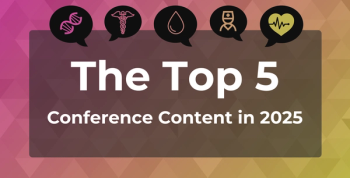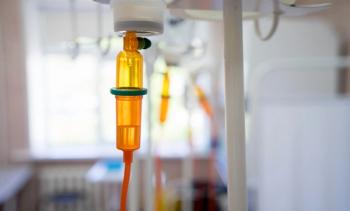
How the Partial Government Shutdown Will Affect Healthcare
One-quarter of the government shut down early Saturday, and as the partial shutdown is expected to continue into the new year, several federal agencies will be impacted, including the FDA.
As funding for several federal agencies expired at midnight on Friday, a partial government shutdown began on Saturday and is expected to continue into the new year. While most of HHS, including the National Institutes of Health and the CDC, is already funded through 2019, other agencies will be impacted.
Beginning today,
On Friday, when it became clear that the shutdown was nearing, FDA Commissioner Scott Gottlieb, MD,
According to a
The agency will also continue to respond to emergencies, manage high-risk recalls, pursue criminal enforcement work and civil investigations related to imminent threats to human health or life, review important entries to determine potential risks to health, and respond to other critical public health issues, as appropriate.
However, the FDA will be unable to support certain routine regulatory and compliance activities, including some medical product—related and most food-related activities.
According to STAT News, the shutdown will also
Various healthcare stakeholders have responded to the partial shutdown, including the American Public Health Association (AHPA).
“The administration and Congress’s inability to approve funds to keep the federal government open is unacceptable ad poses a threat to public health. This shutdown is a political failure, and AHPA urges the government to put ideology aside and reach a funding solution as soon as possible,” said Georges C. Benjamin, MD, executive director, APHA, in a statement.
Newsletter
Stay ahead of policy, cost, and value—subscribe to AJMC for expert insights at the intersection of clinical care and health economics.









































